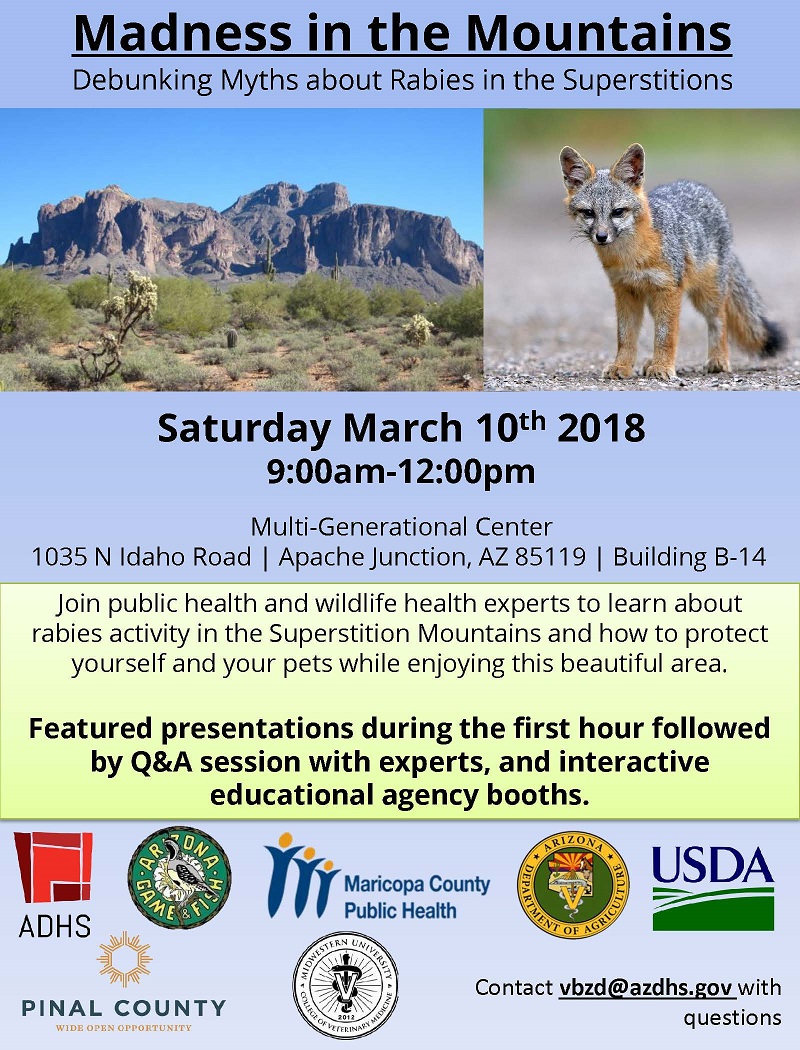One of our Department priorities over the last couple of years has been to better develop Arizona’s TRAUMA SYSTEM. Here’s a thumbnail sketch of why having a system of trauma care is so important:
More than 24,000 people are severely injured (called trauma) every year in Arizona. More than 60% of these severe injuries occur in the rural and frontier areas of Arizona. Most patients are treated at one of the eight designated Level I Trauma Centers in Arizona, which are concentrated in urban areas. As a result, trauma patients are often transported long distances to receive treatment for their injuries. In fact, more than 40% of Arizona trauma patients don’t reach a designated Trauma Center within the first hour or “Golden Hour” after their injury. Receiving treatment in this first hour may be critical to survival. Patient care in Arizona can be dramatically improved and costs reduced by developing a coordinated and integrated system of trauma care for the entire state.
Designation as a Level I Trauma Center requires the most resources and capabilities, providing total care for every aspect of injury. Designation as a Level IV requires the least resources and capabilities and typically will resuscitate and stabilize a patient and transfer the patient to a more appropriate Level, based on the patient’s injuries.
Over the last year or so, our priority has been to establish Level IV Trauma Centers in rural AZ hospitals so that folks can be treated closer to where they’re hurt- or to be resuscitated and stabilized so they can be transported (preferably by ground) to a higher level of care if necessary.
I’m proud to announce that we have been successful in developing this rural system of care. We recently added Copper Queen Community Hospital in Bisbee as our 8th designated Level IV Trauma Center. Here’s a list of the other sites: Designated Trauma Centers
Thanks go out to Vicki Conditt and her team for doing the shoe-leather work to get this done. Also, Wes Korteum put together a Trauma Center map that identifies the four EMS regions, acute care hospitals and the trauma centers throughout the state. The blue “T’s” identify the Level I’s and the red “T’s” identify the Level IV’s. The map is posted on the Bureau’s website, trauma designation page, along with the list of designated trauma centers.











